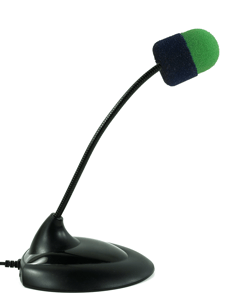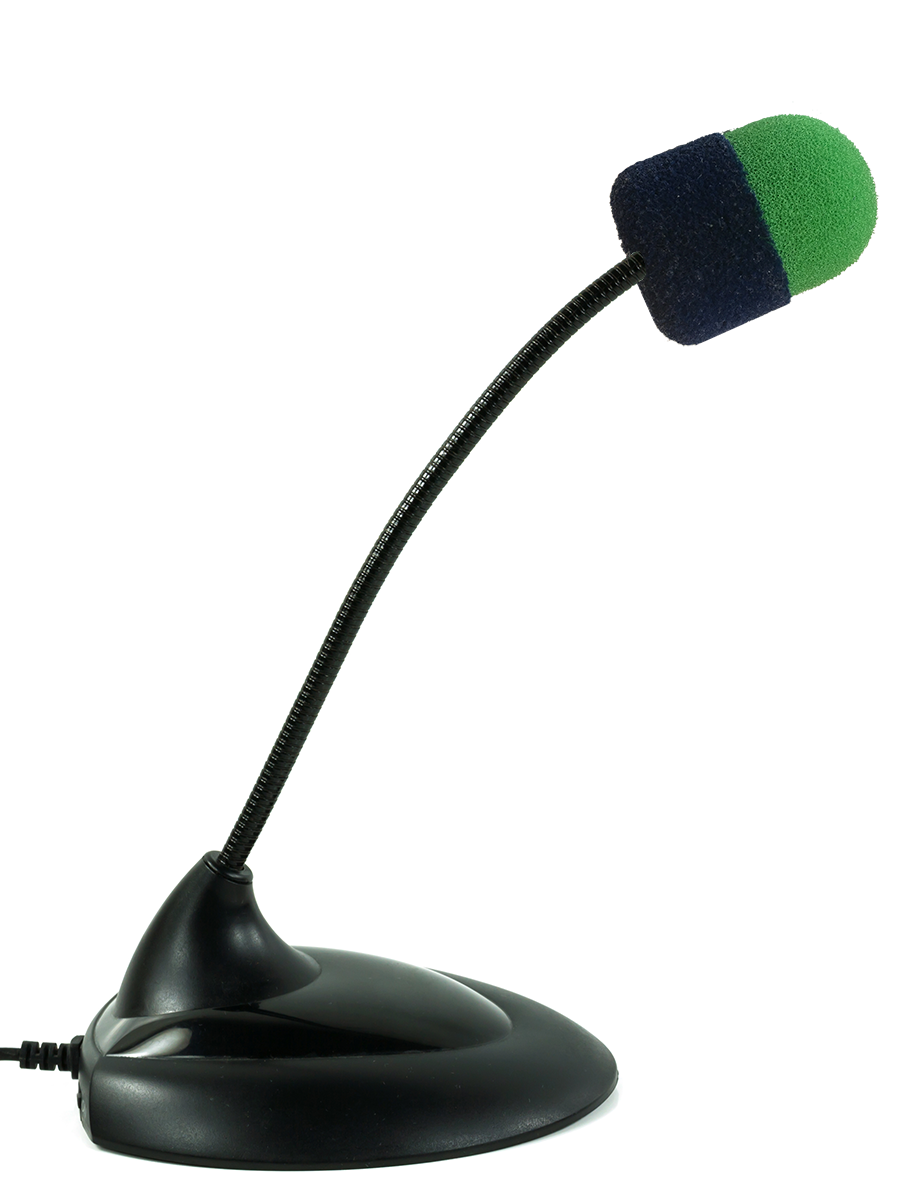That little foam ball on your microphone is more important than you might think, especially if you are in a noisy environment like the gross room. The windscreen, as it's called, helps block out background sounds and protects your microphone from dirt and moisture.

Improved sound quality
A windscreen helps remove unwanted sounds that are picked up such as a breathing or breathy sound from air moving across the microphone. It also improves the sound quality and reduces clicks, pops, or hiss sounds in the final recording. The windscreen will also help with letters such as “B”, “S”, “P” and “T” when pronounced by the user resulting in better accuracy and recognition than a non-covered microphone.
Protection for your microphone
Windscreens protect the microphone components from moisture, especially breath and saliva, as well as preventing dust and other debris from entering the area where the condenser is located. This will ensure that your hardware will last longer.
Safe, hygienic and sanitary
 In shared environments such as Pathology labs, we often come across microphones being used by multiple users. Think of your windscreen like you would a toothbrush. Change it throughout the year, and never share one. We recommend replacing the microphone windscreen every three months, but you are welcome to replace as often or based on the amount of usage in your environment.
In shared environments such as Pathology labs, we often come across microphones being used by multiple users. Think of your windscreen like you would a toothbrush. Change it throughout the year, and never share one. We recommend replacing the microphone windscreen every three months, but you are welcome to replace as often or based on the amount of usage in your environment.
If your windscreen is missing, or it needs replacing, let us know. We'd be happy to help!


